As per Statista, British manufacturers generated D2C sales of a whopping 96 million pounds in 2020. It further stated that this amount is expected to increase by 25% and reach 120 million by the end of 2023.
This data is only one of the many proofs of the rapid growth of e-commerce, resulting in improved D2C sales. In fact, Mordor Intelligence believes the UK's e-commerce market size will reach over 616 billion dollars by 2028.
As a business owner, you must be looking for avenues to capitalize on the dynamic nature of the e-commerce industry. You must have also come across the Amazon FBA vs drop shipping discourse in your pursuit.
If you are unclear which order fulfillment method is best for your business, here’s all you need to know.
Key Takeaways from this Post
E-commerce Growth in the UK: British manufacturers saw a significant surge in D2C sales, reaching £96 million in 2020 and expected to grow by 25% to £120 million by 2023. The overall e-commerce market in the UK is projected to surpass $616 billion by 2028.
Amazon FBA vs. Dropshipping: Choosing between Amazon FBA and dropshipping depends on factors like capital, risk tolerance, and business goals. FBA offers convenience, access to a massive customer base, and Prime benefits but comes with higher fees. Dropshipping requires less upfront investment but m
Selecting the Right Business Model: The decision between Amazon FBA and dropshipping hinges on considerations like experience level, scalability goals, product selection, and niche focus. Understanding the pros and cons of each model is crucial for optimizing cost-efficiency, operational success, an







TL;DR Summary - Dropshipping vs. Amazon FBA
In dropshipping, the store owner has product suppliers and manages customer orders. On the contrary, Amazon FBA lets you focus on managing your inventory while it takes care of warehousing and order shipment for you.
Business owners with low funds and risk appetite usually opt for dropshipping. However, it offers lower profit margins and poses a risk of quality issues.
Alternatively, stores with a vast inventory and extensive capital usually choose Amazon FBA. This is because Amazon charges hefty fees for its services but ensures better customer support.

Importance of Choosing the Right Business Model
Choosing a suitable business model is crucial, as all your operations will depend on that. If not done correctly, it can affect your business’s productivity and hamper revenue generation.
Further, your customer satisfaction also depends on what kind of fulfillment method you use.
The right business model for you will be both cost-efficient and operationally lucrative. It will improve your brand reputation, ensuring better customer retention.
However, selecting the right model can seem like a daunting task. The best way to go about this is by first understanding your options and then choosing the most suitable one.
What is Amazon FBA?
Amazon FBA (Fulfilment By Amazon) is an added assistance that Amazon offers its merchants should they opt for it.
It ensures a better flow of order placement, delivery, and payment flow.
How Does Amazon FBA Work?
With this, you do not just list your products on Amazon but send your inventory to Amazon’s warehouse. When a customer places an order, Amazon will pick, pack, and ship the product on your behalf.
Amazon will also take care of returns and offer customer service on your brand’s behalf. Because of this, you can think of FBA as an alternative to dropshipping on Amazon.
Amazon FBA Pros and Cons
Like every fulfillment method, Amazon FBA has its distinct advantages and disadvantages. They are:
Pros
These are the reasons why Amazon FBA is effective and profitable:
- It is extremely convenient as the listing site handles everything, including picking, packing, and shipping.
- With everything taken care of, you have enough time to focus on scaling your business.
- With FBA, you also get access to Amazon’s massive customer base.
- Every product shipped by Amazon gets its Prime badge, improving customer trust in your products.
- You can use multi-channel fulfillment with Amazon FBA to fulfill orders from external e-commerce sites.
Cons
The probable issues you might encounter with Amazon FBA are:
- The standard FBA fee can get costly if your inventory size and weight are high.
- Additionally, you will have to pay a monthly storage fee. The fee can also become long-term if you store your inventory for over 365 days.
- Since Amazon handles all the communication, you will not have direct contact with your customers.
- There is also the chance of your inventory getting mixed or completely lost with FBA.
- Amazon expects a fixed remuneration for its services, which is only possible with a fixed capital.

What is Dropshipping?
Dropshipping is a popular fulfillment method among sellers across different e-commerce platforms. Dropshipping is relatively simple and requires a nominal investment.
Hence, many suggest this process to entrepreneurs with small capital funds. Many use this method to make some quick money as well.
But like any other business model, one needs to put significant effort into making it profitable.
How Does Dropshipping Work?
In a dropshipping business, whenever your customer places an order in your store, you will directly place an order with your wholesaler, and your supplier ships them to the customers. However, your customers will think that you have dispatched the products.
You need to list your products on an e-commerce platform such as eBay, Amazon, Shopify, etc., and wait for your customers to order. Once that happens, you can contact your supplier, and they will put the product out for delivery.
Pros and Cons of Dropshipping
Before you decide on using dropshipping on Amazon, eBay, Shopify, etc., you should know its benefits and disadvantages.
Pros
The advantages of using dropshipping are:
- Since starting does not require a hefty amount, you will not have to make a huge investment.
- You will face fewer barriers as you can start by simply finding a supplier and listing their products on Amazon or other platforms.
- With dropshipping, you can maintain a more diverse inventory while spending significantly less.
- You can operate from anywhere you want and have suppliers from numerous locations.
Cons
With dropshipping, you will also have the following disadvantages:
- Handling customer complaints and returning issues becomes more complicated.
- Since it is easier to establish, you will have more competitors to deal with.
- By not managing your own inventory, you also compromise on quality.
- The returns from dropshipping are comparatively lower than Amazon FBA.
While the benefits associated with the two make them both a great choice. Their cons can slow your progress down as well.
You can ensure you are not spending more than necessary and saving every little bit by upgrading your bookkeeping system.
Automate your bookkeeping activities with Link My Books and save both time & money. With its help, you will effortlessly keep an account of your dropshipping sales, refunds, fees, and taxes, ensuring every penny is put to good use.
However, before you decide on your ideal business model, let’s compare the two further.

Amazon FBA vs. Dropshipping - Comparison Table
Here is a side-by-side comparison of Amazon FBA and Dropshipping.
Similarities and Differences: FBA vs. Dropshipping
To understand these two models further, let's explore their similarities and differences.
Similarities
The aspects that both Amazon FBA and Dropshipping have in common are:
- Provision to Diversify- You can sell your products on various e-commerce channels via both platforms.
- Scalability - Both platforms let you scale up or down based on your order volume.
- Fulfillment Models - In both cases, you are outsourcing the fulfillment efforts. You do not have to worry about picking, packing, and supplying the products in either model.
Differences
The differences between dropshipping and Amazon FBA are:
- Inventory - Amazon FBA manages your inventory on your behalf. However, dropshipping has no such provision.
- Customer Satisfaction - You can better cater to customer complaints with Amazon FBA, but it becomes tricky with dropshipping.
- Investment - You have no added costs involved in dropshipping. Hence, you can start with very little investment. But for Amazon FBA, you must pay the standard and inventory fees, increasing your overall investment.
- Quality Control - There is less control over product quality in the case of dropshipping. On the contrary, with Amazon FBA, you have a better hold on it.
- Profit Margin - You gain substantial profit with Amazon FBA as you leverage Amazon’s credibility and wide audience. The revenue generation with dropshipping is comparatively low.
- Shipping - With Amazon FBA, your products are shipped with utmost care. But with dropshipping, the shipment quality depends on your supplier, which is usually riskier.
- Customer Base - Amazon has a customer base of 310 million consumers. On the other hand, you have to grow your customer base from scratch in dropshipping.
Now that you have dissected the various parts of Amazon FBA vs. dropshipping, choosing one is the only thing left.

Which Business Model is Right for Your Business?
There are many ways to determine which model will be ideal for you. The most prominent ones are:
Beginner vs. Experienced Entrepreneurs
Go for dropshipping if you have just started your first business with a limited budget and low-risk tolerance. You will not have to spend much upfront and can increase your investment as you keep making a profit.
However, if you have prior business knowledge and are okay with some risk, Amazon FBA is better for you. With its assistance, you can make a greater profit and invest more time in ideating.
Business Goals and Scalability
Your choice also depends on what you wish to achieve from your business.
Opting for dropshipping is best if you wish to earn some quick pounds without committing to your business. It is also great for business owners who want slower and steadier growth.
But if you want to scale your business rapidly, Amazon FBA has the tools to achieve that.
Product Selection and Niche Consideration
Amazon FBA is a more logical choice for businesses with various products, as it will manage your inventory. Its broad audience will also make it easier for you to sell more in less time.
Amazon FBA is also great for businesses with a niche audience, as it will let you ensure better product quality. It will ensure your customers are treated well, increasing the chances of retention.
On the other hand, dropshipping is a better choice if you are not working with a high volume of products. It is also great if you do not have a specific niche to cater to, and quality issues aren’t a big deal.
This is just the tip of the iceberg. Since no two businesses are the same, there is no accurate way of assuming what will be best for you.
Take these as suggestions and consider your specific needs before selecting one of them.
And by opting for the right bookkeeping software to pair with your dropshipping software, you can further ensure profitability.

Other Similar Comparisons
While researching Amazon FBA and dropshipping, you must have also wondered about the other existing models.
Let's discuss some business models comparable to Amazon FBA and dropshipping.
Amazon FBA vs. Shopify Dropshipping
The most apparent distinction between the two is the platforms themselves. While you get a ready-made marketplace with Amazon FBA, Shopify requires you to design a store.
Amazon has an existing audience that you can leverage. However, with Shopify, you must promote your store through PPC and other efforts.
Amazon FBA vs. Dropshipping vs. Affiliate Marketing
Unlike Amazon FBA and dropshipping, Affiliate Marketing does not require you to have your own store. Instead of selling your products, you are referring others to buy products online.
This involves no upfront payment, meaning anyone can start affiliate marketing.
However, it also has a huge entry barrier. You will have to master the required skills for affiliate marketing to earn money through it.
eBay Dropshipping vs. Amazon FBA
eBay is Amazon’s biggest competitor, with a similar reach and popularity. The only thing setting the two apart is the added services FBA offers. However, this also means you are not paying any added fees and still managing to tap into its vast customer base.

Frequently Asked Questions (FAQs)
Here are answers to some of the most popular questions by you:
What dropshipping accounting software is best?
One of the best dropshipping software to use is Xero. It is especially good for small and medium-sized businesses.
You can link your Amazon to Xero using Link My Books in no time and further enhance your business model. However, it is not limited to Amazon, and you can link your eBay, Etsy, Shopify, Walmart, etc., to Xero with its help as well.
How old do you have to be to start dropshipping?
There is no set age limit for starting a dropshipping business. However, some platforms like Shopify require someone over 18 to register.
You would also need someone over 18 to link payment processors. But you should know that this might vary from one country to another.
How much can you make dropshipping?
In 2022, the average revenue generated by dropshipping businesses was 2000 pounds. However, dropshipping does not limit how much you can make. Your profit margin can vary from 10%-40% of your total sales.
How much do Amazon FBA sellers make?
Jungle Scout says an average Amazon seller earns about 30,000 dollars or approximately 23,460 pounds yearly.
Conclusion
The business model you choose will set the tone for the course of your business. While both Amazon FBA and dropshipping are popular fulfillment methods, you should assess them thoroughly before selecting one.
Depending upon your goals and other factors, you will find one more suitable for you than the other.
Use this as your guide and make a well-informed decision to achieve your business targets.
To take your business’ revenue generation to the next level, leverage Link My Books. Be it linking Etsy to Xero or Amazon to Quickbooks, you can sign up for our free trial and manage your business optimally by making accounting easy for you. This combo makes it one of the best accounting softwares for Amazon sellers on the market by cutting wasted time on your Amazon bookkeeping every month.


.webp)








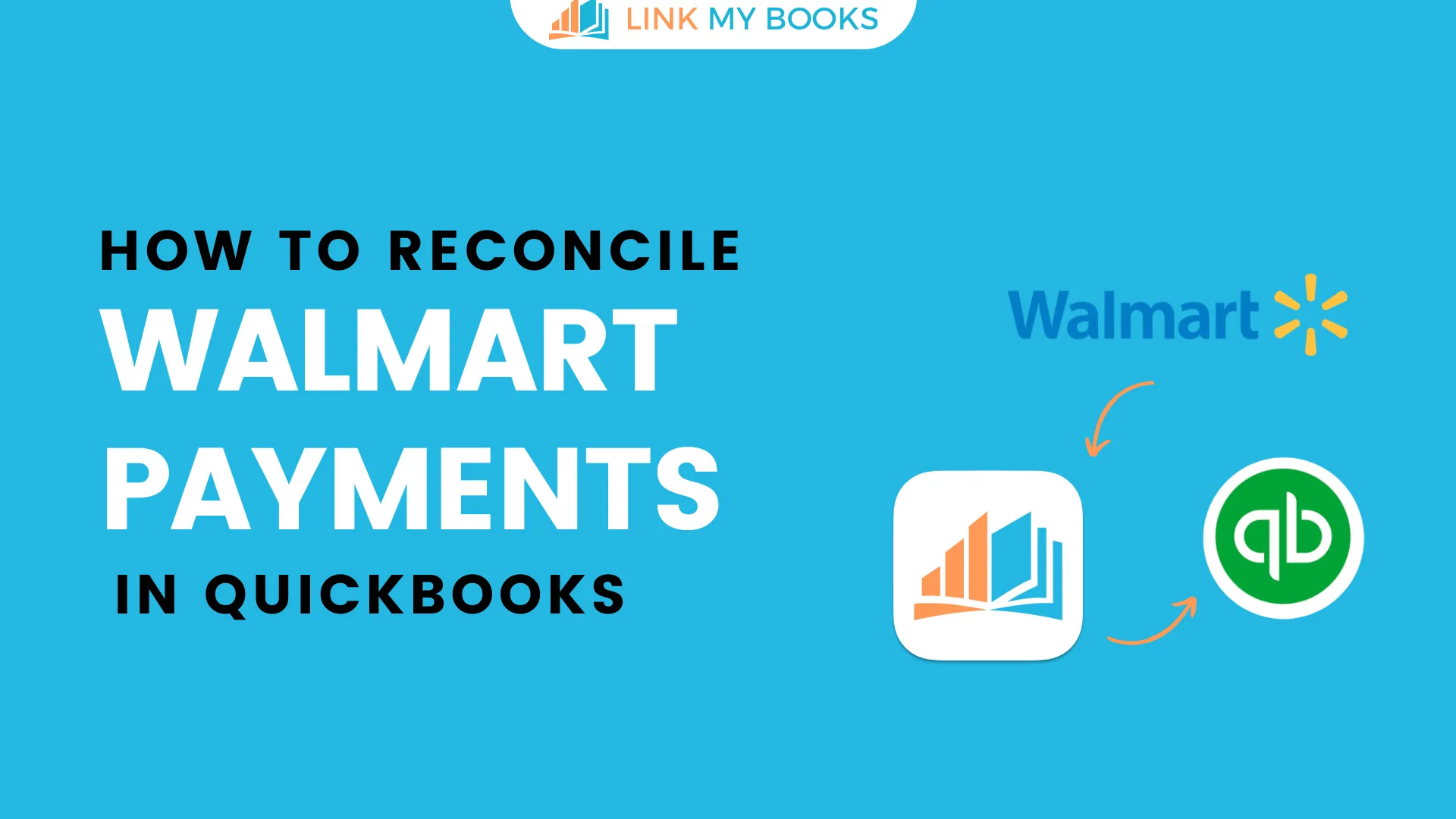
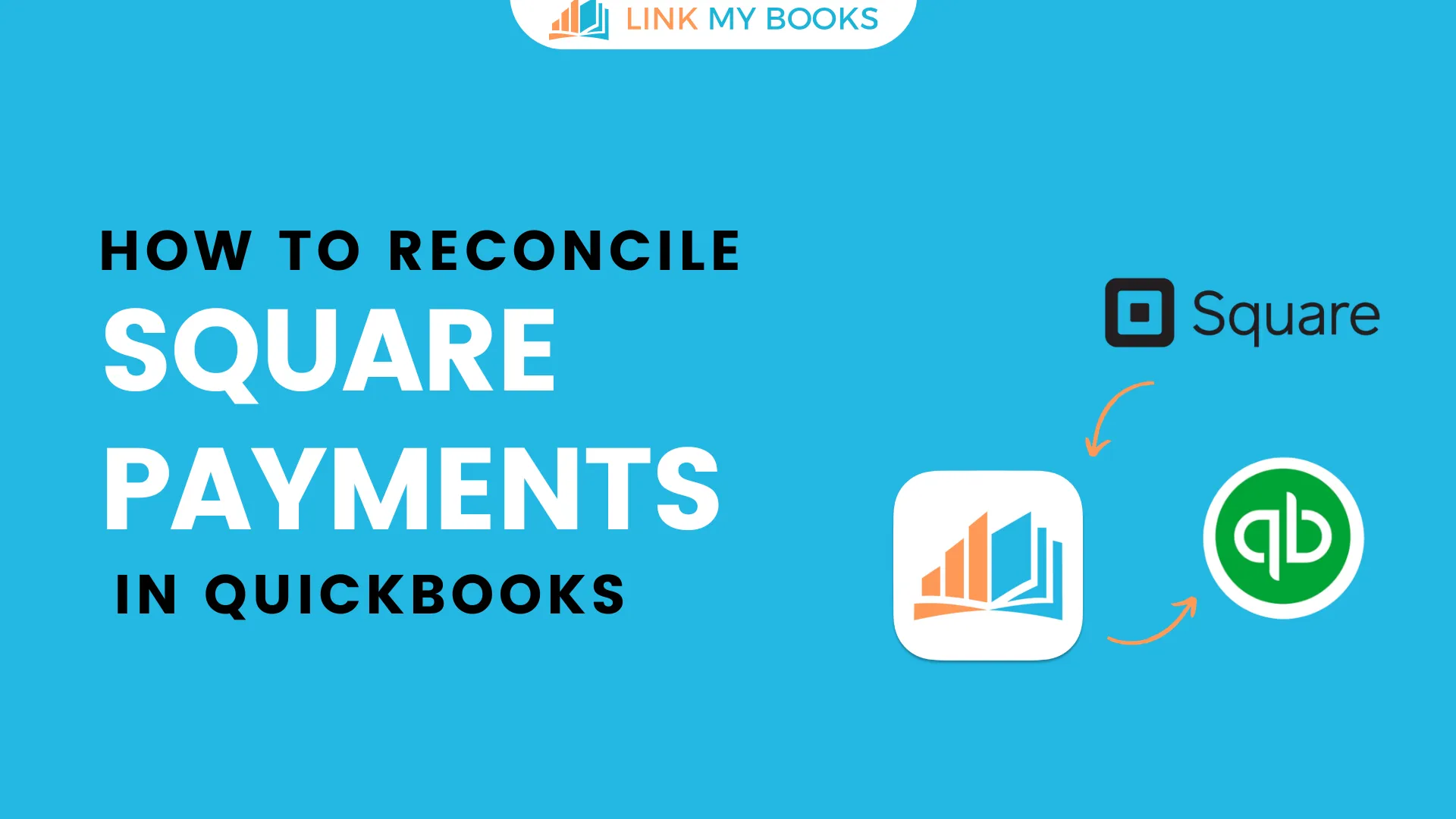
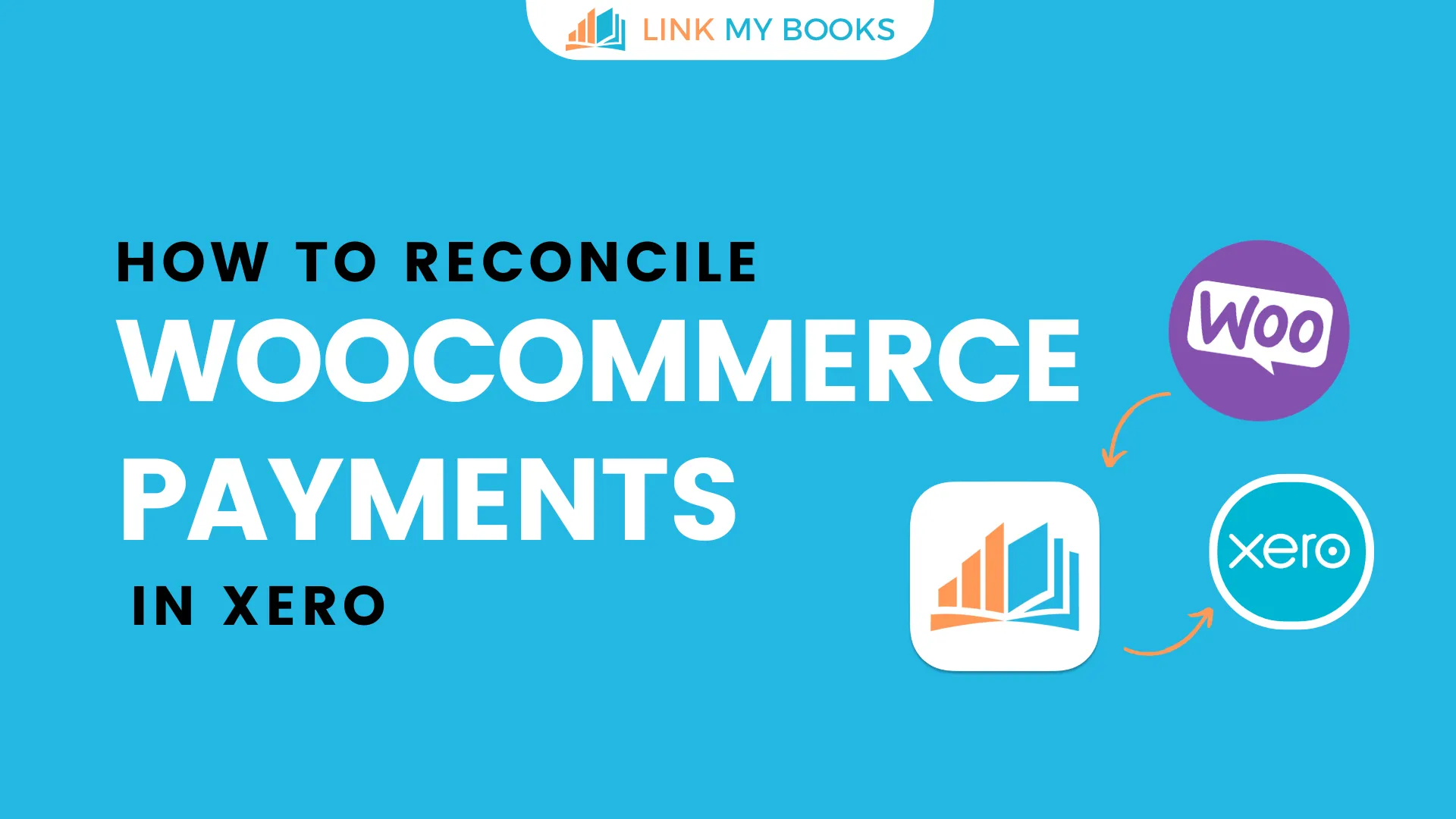
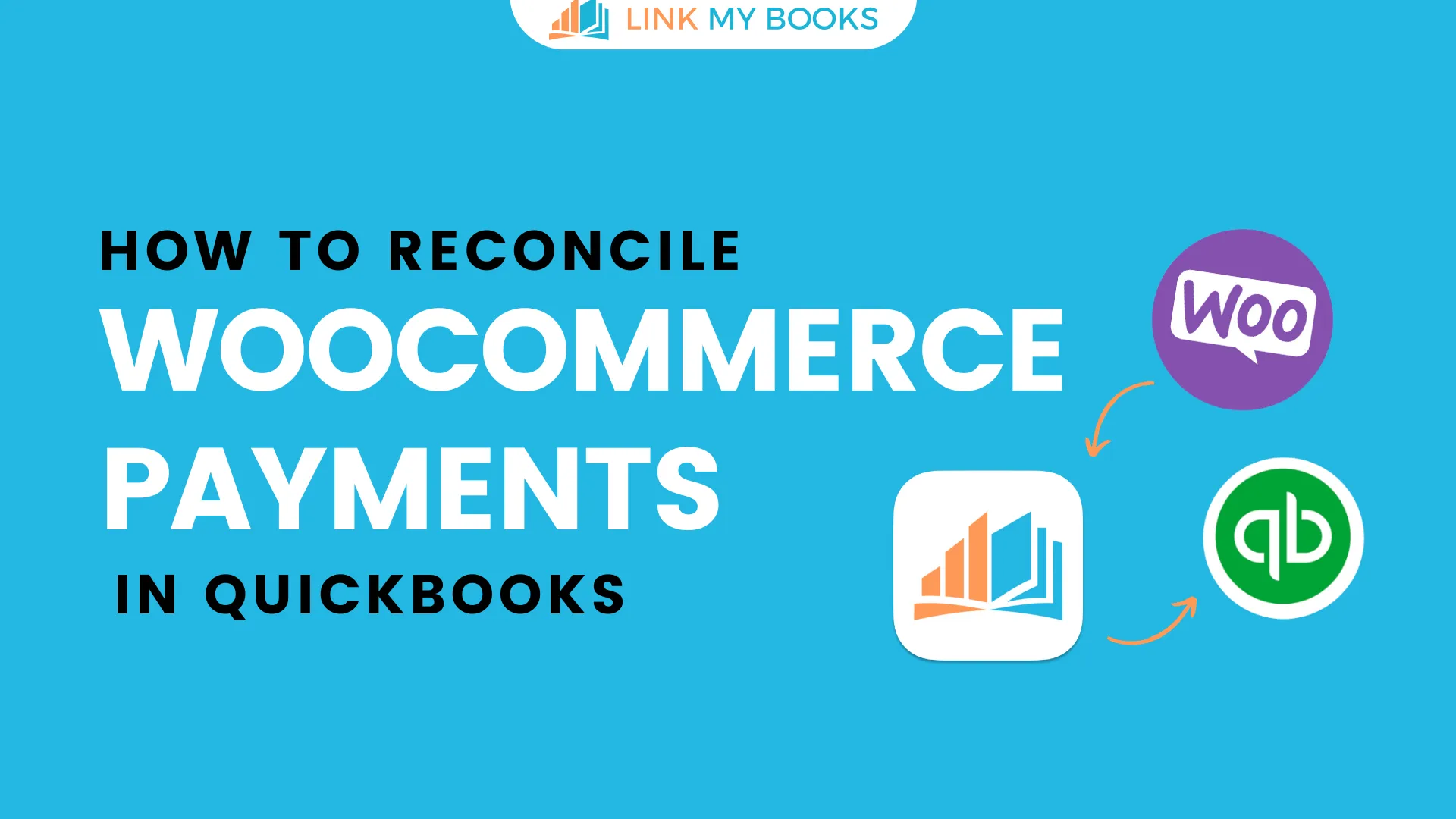
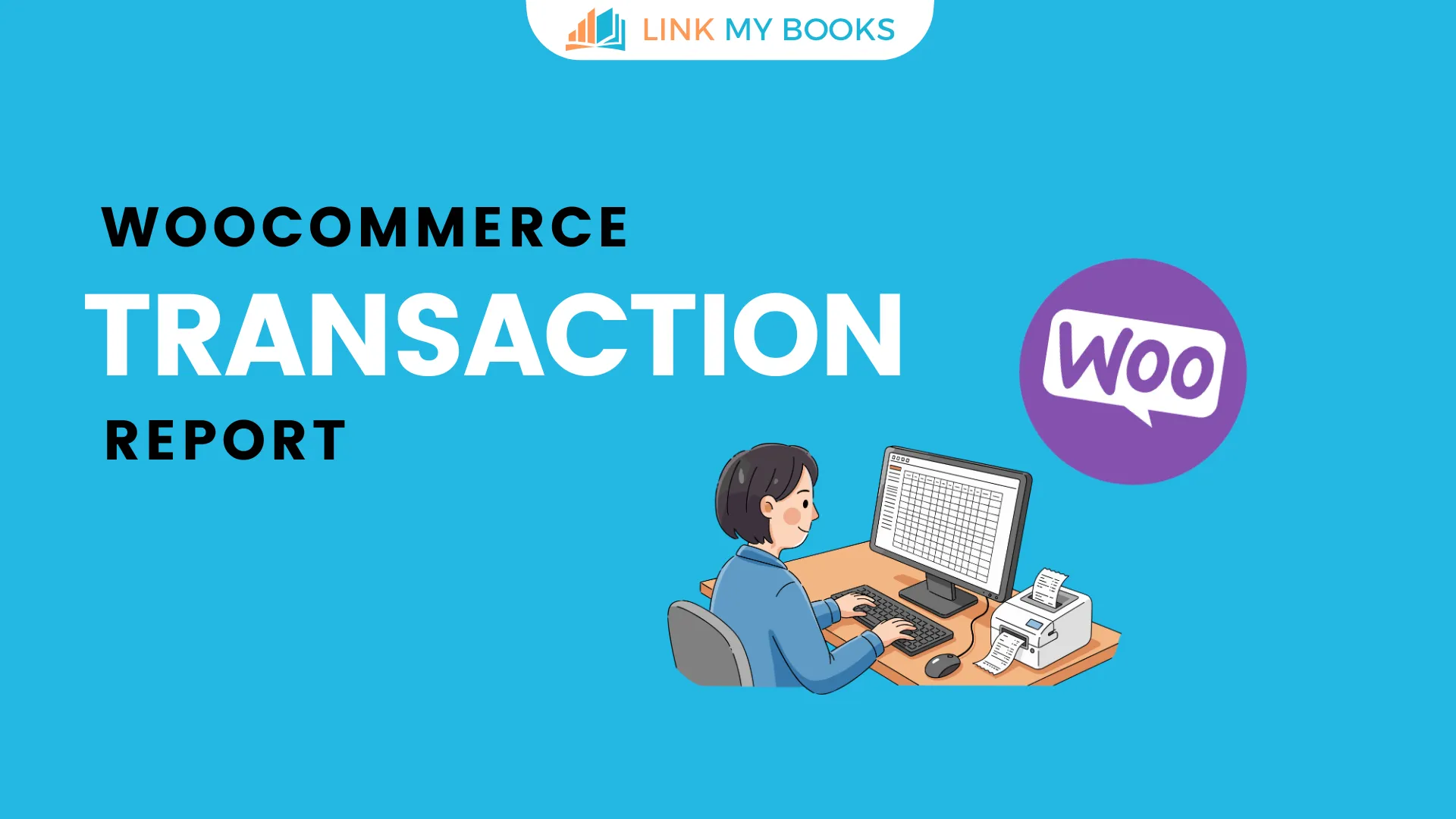


.png)